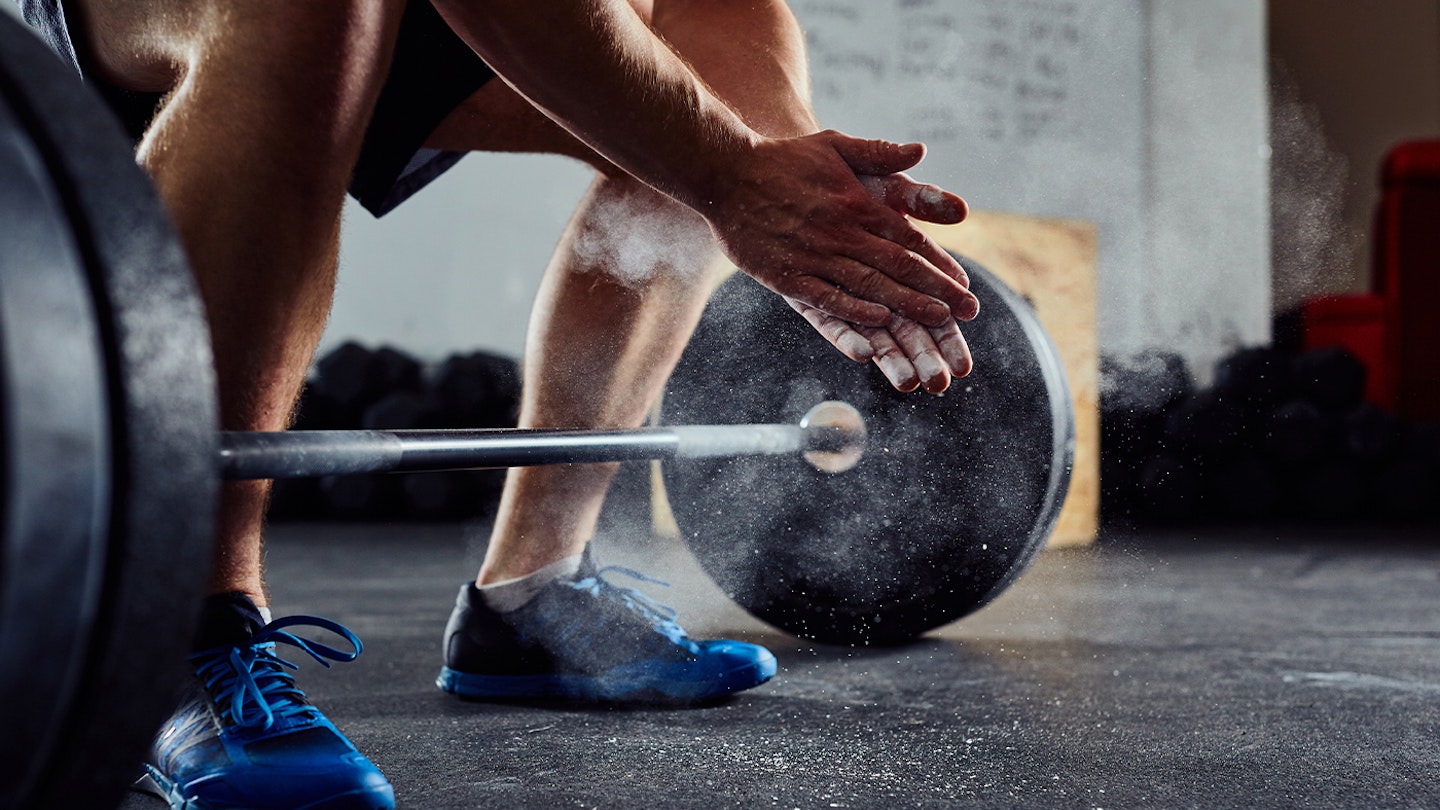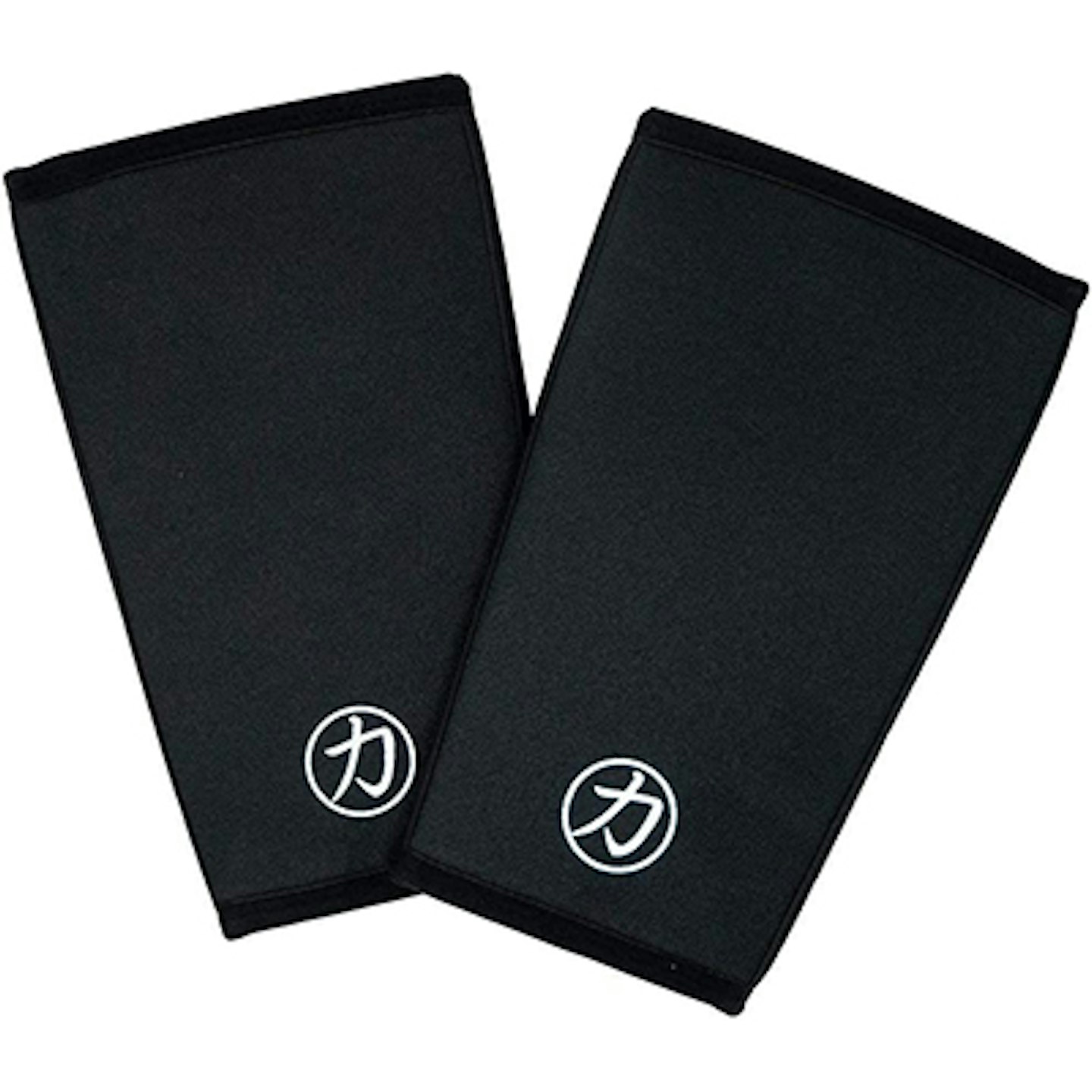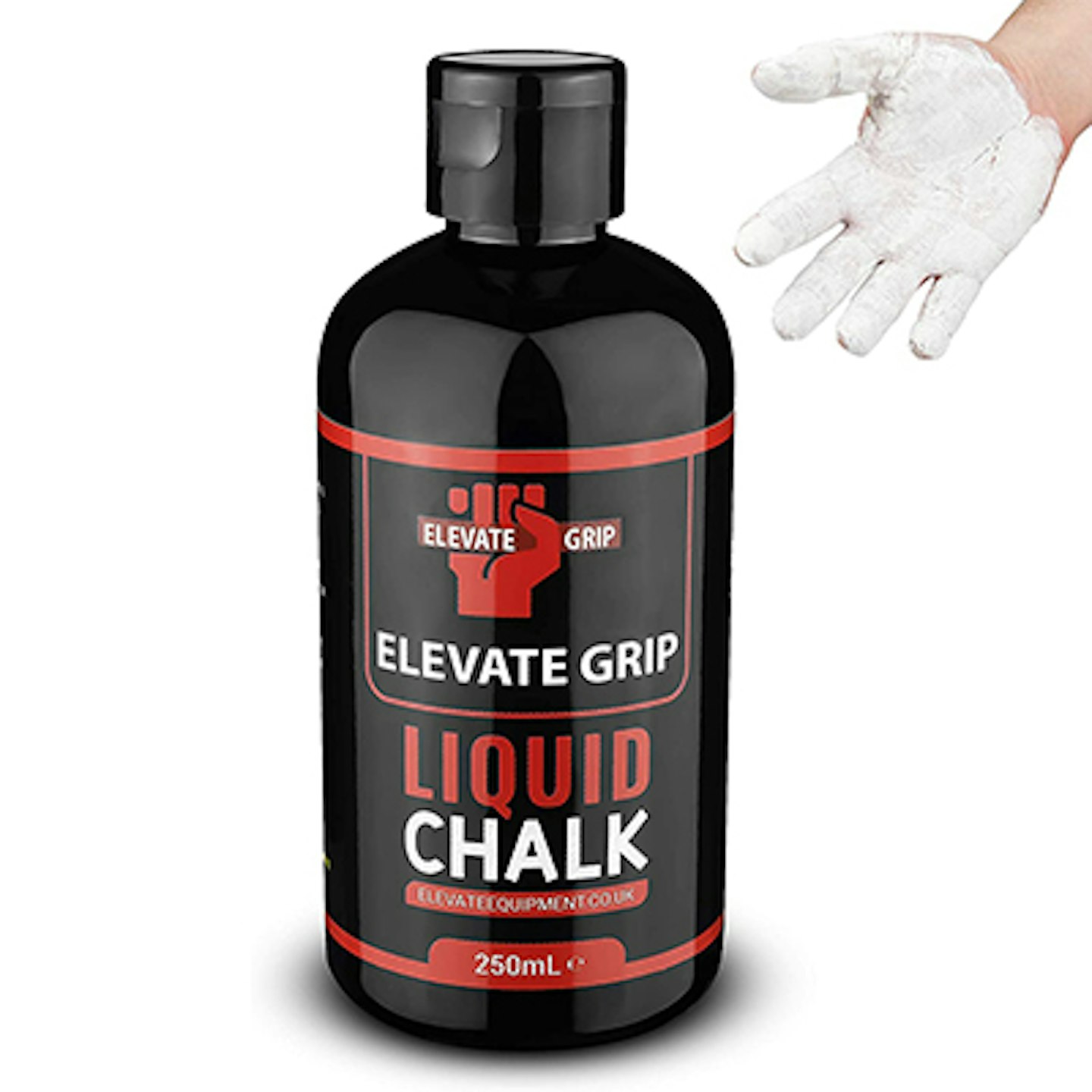Whether you are powerlifting, bodybuilding, doing Olympic lifts or even CrossFit, the best weightlifting accessories will provide extra support to push your lifts to the next level. Not only can the best weightlifting accessories help you perform better and for longer, but they can also help you keep proper form and prevent injury.
Perhaps your grip strength is slightly fatiguing on your deadlift and you need a pair of lifting straps. Or, maybe you struggle bracing your core correctly during your squats and need the support of a weightlifting belt — whatever it is, having the right equipment to hand can help you reach a new PB or break through a plateau.
The best weightlifting accessories at a glance:
• The best lifting straps: Gymreapers Lifting Straps - View offer on Amazon UK
• The best weightlifting belt: RDX Weightlifting Belt - View offer on Amazon UK
• The best wrist wraps: SBD Wrist Wraps - View offer on eBay
• The best weightlifting shoes: Nike Romaleos 4 - View offer on Nike
The best weightlifting accessories to buy now:
The best lifting straps
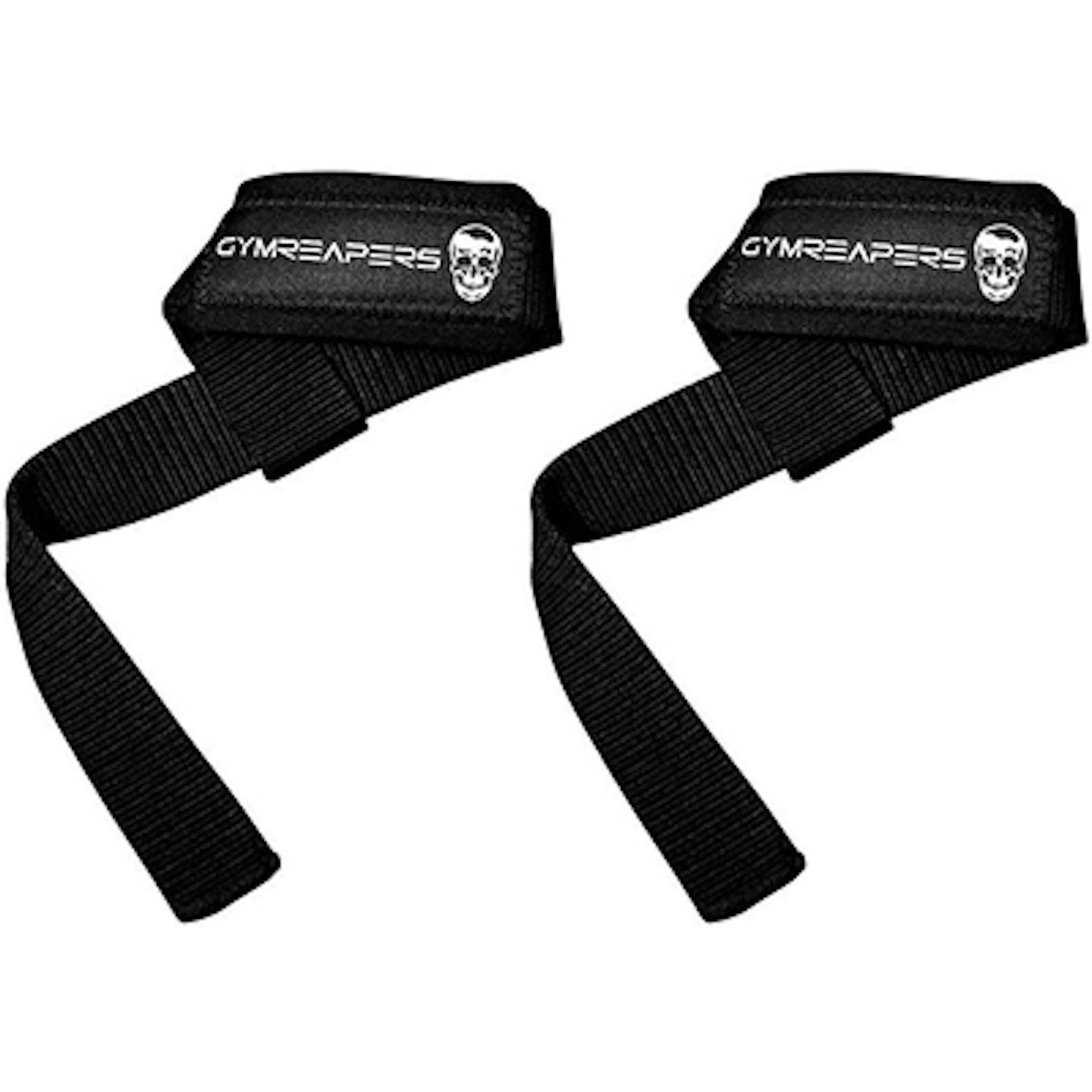
These lasso lifting straps from Gymreapers are great for beginners to experienced athletes and will help you get a secure grip on your deadlift, so you can move more weight. They're slightly longer in length, so you've got plenty of wrap length to go around the bar, and the neoprene padding on the wrists ensures this delicate joint isn't left with a load of red marks afterwards. There's also a huge colour selection to choose from too, so there's the option to coordinate them with your gymwear.
Pros
- Available in nine colours
- Neoprene padding to support your wrists
- Made from a blend of cotton for extra comfort
Cons
- Some may find the length of the straps irritating
The best wrist wraps
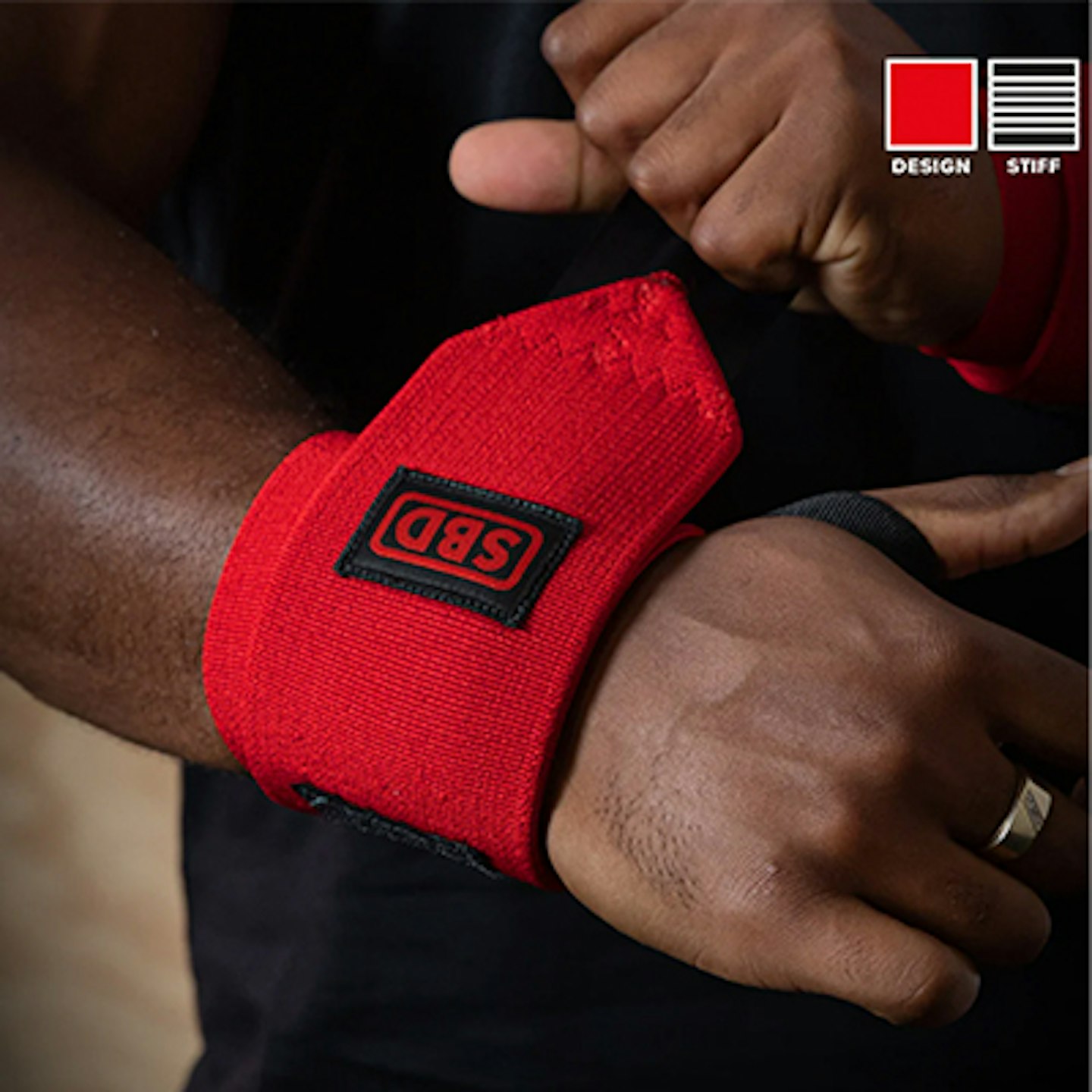
www.ebay.co.uk
Recommended by CrossFit Coach and athlete, Lucy Campbell, these wrist wraps come with a velcro fastening making them easy to put on and take off. They've received accreditation from the International Powerlifting Association (IPA), there's a big size variety to choose from and you can even select whether you want the material to be 'stiff' or 'flexible'.
Pros
- Approved by the IPA
- A range of sizes and material stiffness to choose from
- Available in different colours
Cons
- A little more pricey, but are worth it as they’ll last
Best knee sleeves
Whether it's gym accessories or equipment you're after, Strength Shop is a great allrounder for good quality, affordable products. These 7mm neoprene knee sleeves are best for heavier weightlifting and are another product in our roundup with IPA approval.
Tried and tested by Health & Fitness Product Writer, Bryony Firth-Bernard: "Since I've reached 100kg on my squat, naturally, my right knee has started to get some aching pains. These knee sleeves instantly erased that pain for me. They're tight enough to give just the right amount of compression, but not so tight that they're uncomfortable to move about in, or that you want to strip them off straight away afterwards. They've definitely given me the confidence to continue increasing the weight on my squats in the future."
Pros
- Comfy
- Sizing true to size
- Available in various colours/patterns
Cons
- Hand wash only
Best liquid chalk
Unlike powdered chalk, liquid chalk is a hell of less messy for your gym bag and doesn't transfer as easily onto your clothes. This chalk only requires a pea size amount and dries in seconds, so you can quickly crack on with your lifts. It's also been made with antibacterial ingredients too, which is a nice touch considering everyone touches everything in the gym.
Pros
- Easy to wash off
- Long-lasting as only requires a small amount to be used — over 200 uses in a bottle
- Made with antibacterial ingredients
Cons
- The bottle is quite small (250ml), but means easy storing in gym bag
Best weightlifting shoe

Nike's Romaleos 4 is the best all-rounder unisex weightlifting shoe. Its wide heel ensures you have a stable base while performing your heavy lifts, while the rigid midsole provides support for explosive movements. The double lace and velcro fastening also keep your foot completely secure throughout your entire movements. There's no denying this shoe does look pretty cool and it's available in either black or white.
Pros
- Unisex
- Durable
- Wide heel for stability
Cons
- As popular, it can tend to sell out quickly in a lot of sizes
Best weightlifting belt
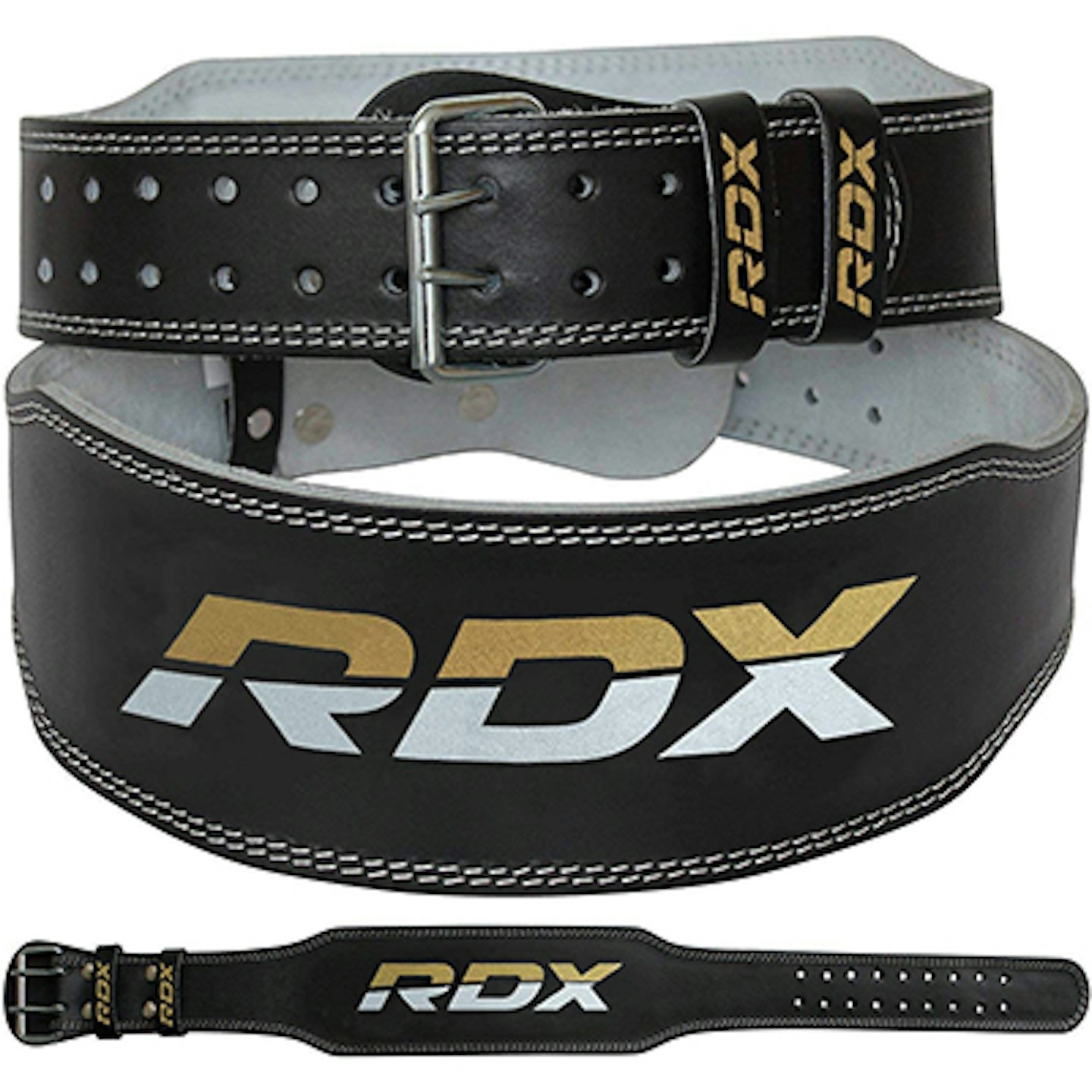
Made from genuine cowhide leather, this belt is durable yet still provides comfort during your lifts. The back of the belt also has a four-inch wide sponge for additional lumbar support, while its buckle fastening provides easy on/off access.
The price is spot on too, so we're not surprised it's an Amazon best-seller. If you are someone who prefers a lever clasped belt over a buckled one, RDX does also do a powerlifting belt, which is approved by the International Powerlifting League (IPL).
Pros
- Contoured design for optimal support
- Genuine cowhide leather and suede for comfort
- Sponge cushioned back for additional comfort
- Very affordable
Cons
- Not approved by a weightlifting body, but this isn't important unless competing
Best weightlifting gloves
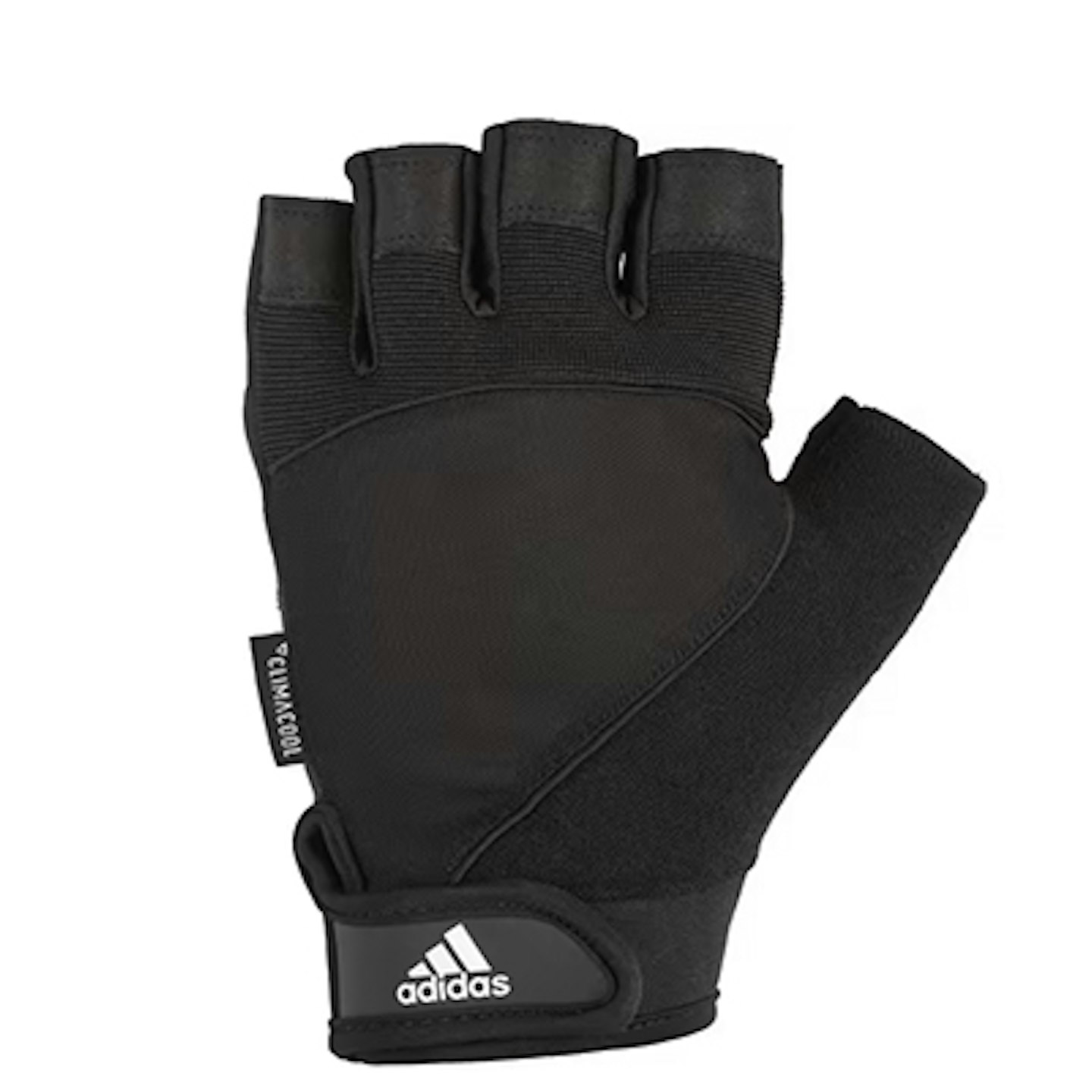
www.decathlon.co.uk
These short weightlifting gloves don't cover your whole hand and have built-in mesh ventilation, so that they're able to breathe, but still provide the protection and comfort you need during your lifts. The palm padding helps maximise your grip, while the velcro fastening means you can easily adjust the size to your desire. There are five different sizes to choose from, as well as four different prints/colours.
Pros
- Available in four different prints/colours
- Nice design
- Built-in mesh ventilation
- Padded palms for a secure grip
Cons
- Not available in XS
Best gym bag
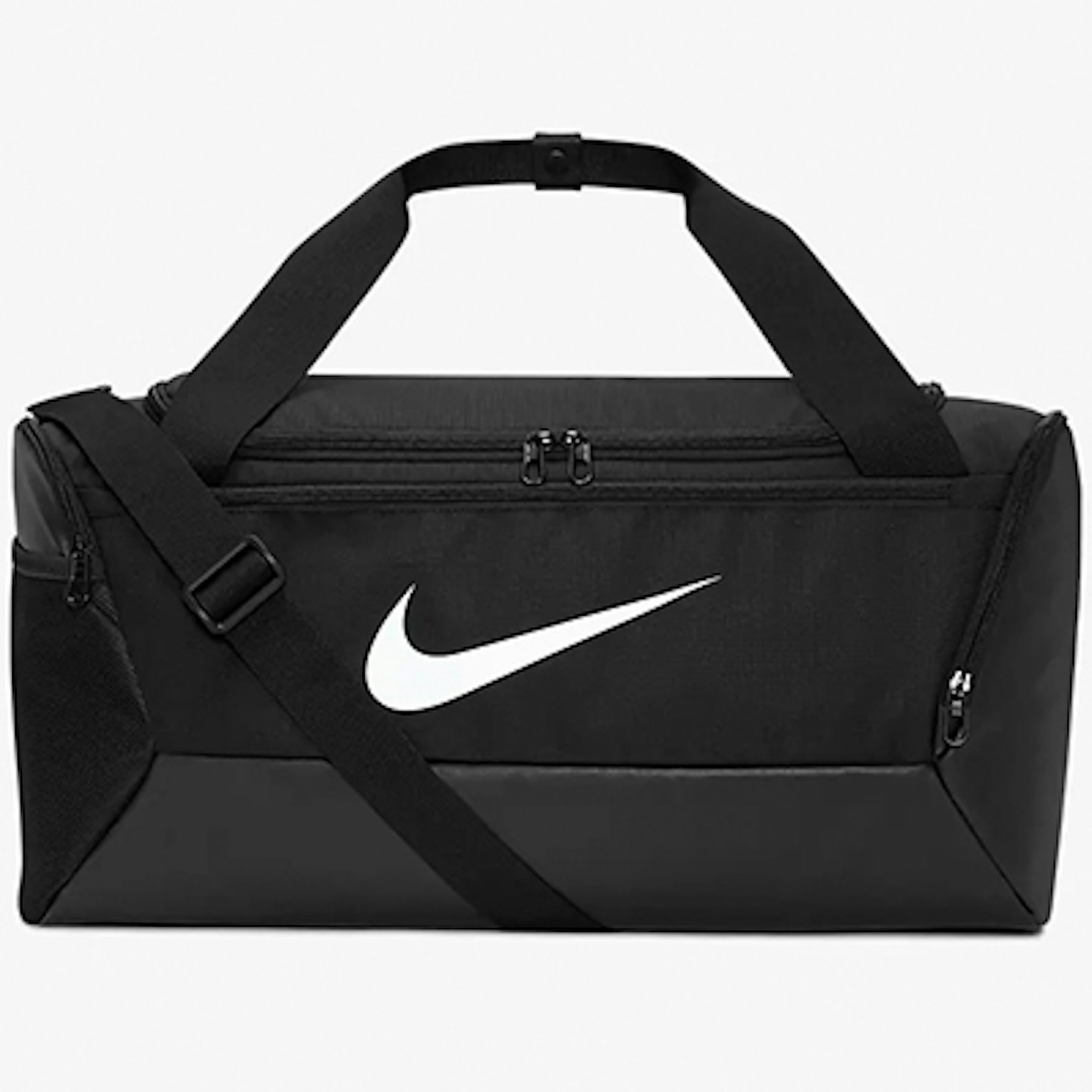
We couldn't finish this roundup without including a gym bag — after all, you need something to store all your weightlifting accessories in. This reliable holdall from Nike has a 41L capacity and has been partly made from recycled water bottles, so as well as taking care of your health you’re also taking care of the planet too. It’s got lots of pockets and pouches for all your gym gear, as well as a separate shoe/laundry compartment.
Pros
- Available in black, blue and grey
- More sustainable option
- Affordable
Cons
- No dedicated water bottle holder, but plenty of space inside
FAQs
What are the benefits?
Weightlifting accessories can help you max out on a heavy lift, support different areas of your body and help you overcome a plateau — it’s why you’re bound to find them in a powerlifter or bodybuilder's gym bag. Below is a list of every accessory that can help with your lifts and the benefit it possesses. You may not need every single item, so make sure you take the time to read what the accessory is for and how it will benefit your performance.
Lifting straps: These assist with your grip during heavy lifts, such as the deadlift. As you start to move more weight you’ll find your grip will weaken or completely give way. A pair of lifting straps will enable you to maintain this and lift heavier.
Weightlifting belt: A belt helps increase intra-abdominal pressure — it gives your core muscles something to brace against while performing heavy squats and deadlifts. Bracing your core correctly when performing heavy lifts is important as it creates stability.
Wrist wraps: Wraps support your wrists during various strength exercises and are regularly used by powerlifters, Olympic weightlifters and CrossFitters. They help keep your wrist in a neutral position and not extend too far backwards, reducing stress on the joints. They’re particularly useful for big compound movements, like bench presses and overhead presses.
Liquid chalk: Just like lifting straps, liquid chalk is great for weightlifters and CrossFitters as it helps maintain grip and reduces the sweat on the palms of your hands. If you’re competing in a powerlifting competition, where lifting straps aren’t allowed, chalk is the way to go, or you can simply use it if you want to try and naturally strengthen your grip. It’s also less messy than powdered chalk.
Weightlifting shoes: These are different to your standard trainer and have a raised heel of about three-quarters of an inch from the ground, to help increase the range of motion in your ankles. They're often referred to as ‘squat shoes’ and are typically used during squats and Olympic lifts.
Weightlifting gloves: Similar to straps and chalk, weightlifting gloves can aid your grip, but they also protect your hands from developing calluses.
Knee sleeves/wraps: Both of these provide compression and support to your knee joints to reduce pain and prevent injury. You simply pull knee sleeves over your knees, like a sock, whereas knee wraps are wrapped around them in a spiral motion. They’re typically used during heavy leg movements, such as squats.
How often should I use weightlifting accessories?
While they are brilliant in aiding your lifts and contributing towards better form, you shouldn’t rely upon them twenty-four-seven. This is because your body can become too reliant on them, which can increase the risk of injury later on if they’re not in use.
For example, if you consistently use lifting straps or a belt during lighter lifts you’re not going to be improving your grip strength naturally or learn how to brace your core correctly. So as this doesn’t happen, only use a weightlifting belt for compound exercises, such as the squat, deadlift, military press and Olympic lifts, once they start to get heavy. When using lifting straps for pull exercises, such as deadlifts, rows and lat pulls, prioritise them for heavier weights.
Where else can I buy the best weightlifting accessories?
So many places! Here are a few some of our favourite retailers and brands for gym accessories and equipment:
• KITBOX
• Bulk
• Gymshark
• Amazon
• Myprotein
• Bulldog Gear
• Strength Shop
• Mirafit
• Eleiko
• Decathlon
• RDX Sports
• Fitness Superstore
• ROGUE
• SBD Apparel
• GYMREAPERS
Bryony Firth-Bernard is a Health and Fitness Product Writer for What's The Best. She specialises in strength training.
Subscribe to the What’s The Best Newsletter to keep up to date with more of the latest reviews and recommendations from Natalie and the rest of the What’s The Best team.
